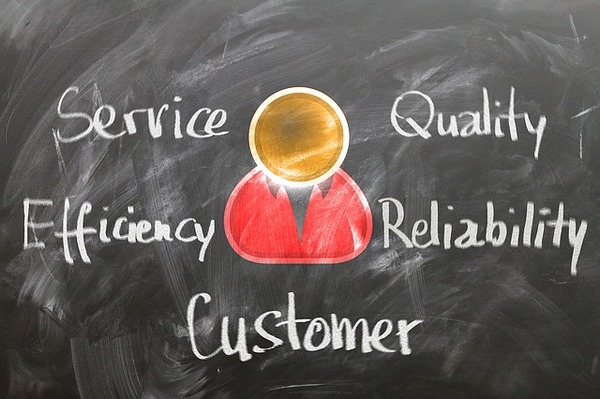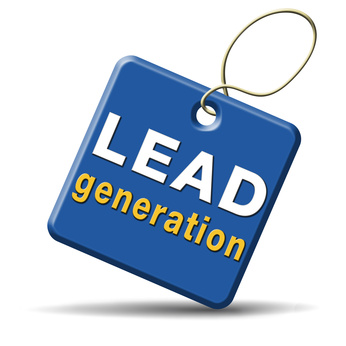What You Absolutely Have to Know About Inbound Marketing
Modern marketing techniques are complex and sometimes difficult to understand, but they work. In most cases, the word "modern" translates to...

The Internet has made it easier to reach more customers — on a faster basis and more cheaply. But that doesn't make connecting with customers or maintaining initimate relations with them automatic.
You may think you know who these folks are and what they need, but unless you're actively developing and using buyer personas (audience personas, user personas, customer personas — all the same thing), you probably don't.
Why You Need Buyer Personas
 Depending on your product and market, you might have anywhere from two to 20 buyer personas,
Depending on your product and market, you might have anywhere from two to 20 buyer personas,
each one with unique behaviors and goals and a different path to the purchase. ![]()
Think of it this way. A mere generation ago, when Mr. Smith wanted nails, he went to Bob's General Store. Bob had known Mr. Smith for ages; they played together as kids and went to the same school.
Bob knew Mr. Smith had a 40 x 80 shed in his backyard, because he sold him all the materials and spent many evenings after work helping him build it. He always kept the size nails Mr. Smith used on his shed in stock. Bob also stocked Mrs. Smith's preferred brand of flour, and the Smith children's favorite candies.
Bob knew his customers intimately. In the world of digital marketing, businesses lack that kind of customer insight and perspective. Buyer personas give that back to you.
Fast-forward to today. Your marketing and sales team may have never even met any of your customers face-to-face.
This is even more critical in the B2B arena, where "the buyer" is actually composed of numerous individuals, all with differing goals, needs, and behaviors.
You need to know when you're dealing with the decision maker, and when you're engaging instead with one of their support staff, who is merely researching the options for the inevitable decision maker.
Even in the B2C arena, any given product likely has between two and 20 separate buyer personas. If you're selling men's pants, you might be selling to the man who will wear the pants, his significant other, his mother, his sister, or his personal assistant.
Developing and utilizing customer personas is the act of determining who your buyers are, what they seek to accomplish with the purchase, and how they behave along the route (customer journey) to making the decision to buy — or not to.

Most buyers say that the customer experience is more important to their buying decisions as
is price or even the quality of the goods and services sold. ![]()
Developing buyer personas means getting to know your customers (their demographics) and getting to know their behaviors (their customer journeys).
There are several ways to do this. The more of these methods you employ, the more finely-tuned your buyer personas will inevitably be.
Of course, determining how well your current inbound marketing strategy is set up to collect and use this information is essential. Without knowing how good your current strategy is, it's pretty hard to map where you're going. You can find that out easily enough when you get a free inbound marketing assessment from Inbound 281. Feel free to give us a call anytime.

Modern marketing techniques are complex and sometimes difficult to understand, but they work. In most cases, the word "modern" translates to...

Do you know which of your marketing channels are bringing in the most customers? Are you leveraging them in the best possible manner? Marketing...

Do you know the Customer Acquisition Cost (CAC) for each of your Inbound Marketing Solutions? How about the Time to payback CAC? In order for your...